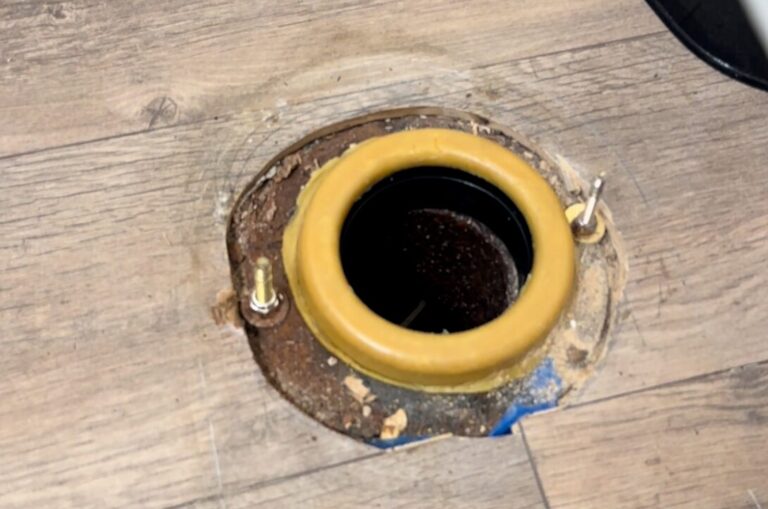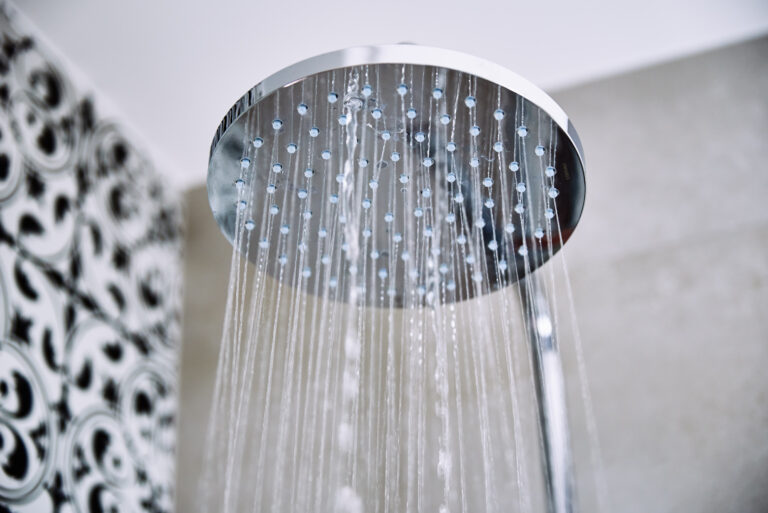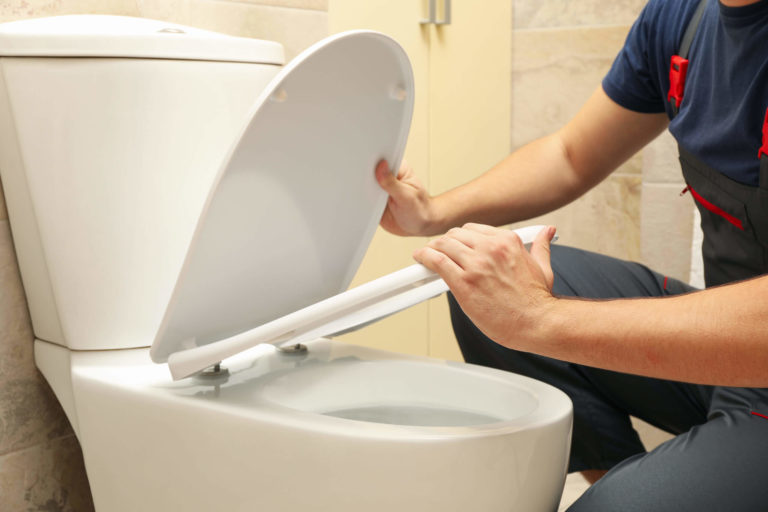When your toilet gets clogged, it can be a significant inconvenience and cause a lot of frustration. While some clogs can be easily fixed with a plunger or a plumbing snake, there are times when you may need to call a professional plumber.
However, before making that call, it’s essential to understand how much a plumber may charge to unclog a toilet. In this blog post, we will explore the factors that affect the cost of unclogging a toilet, different pricing models used by plumbers, the average cost range, additional costs to consider, tips for saving money on toilet unclogging services, benefits of hiring a professional plumber, common signs that indicate a clogged toilet, and some DIY methods to try before calling a plumber.
Factors That Affect The Cost of Unclogging a Toilet
Location of the property
The location of your property can impact the cost of unclogging a toilet. Plumbers in different areas may have varying rates depending on the cost of living and competition. It’s essential to research and compare prices from other plumbers in your local area to get an idea of the average cost in your region.
The severity of the clog
The severity of the clog can also affect the cost of unclogging a toilet. A minor clog that can be quickly cleared with a plunger may cost less than a more severe clog requiring specialized equipment or extensive repairs.
Time of the day and day of the week
The time of the day and the day of the week can also impact the cost of unclogging a toilet. Some plumbers may charge higher rates for emergency or after-hours services. To avoid surprises, it’s essential to inquire about the plumber’s pricing for different times and days.
The extent of the damage
If the clog has damaged the toilet or the plumbing system, the cost of unclogging a toilet may increase. The plumber may need to repair or replace any damaged parts, which can add to the overall cost of the service.
Accessibility of the toilet
The accessibility of the toilet can also impact the cost of unclogging. If the bathroom is in a hard-to-reach area or requires additional effort, the plumber may charge more for their services.
Different Pricing Models Used By Plumbers
Hourly rate pricing model
Some plumbers charge an hourly rate for their services. This means you will be billed for the total hours it takes for the plumber to unclog your toilet. The hourly rate can vary depending on the plumber and the job’s complexity.
Flat fee pricing model
Other plumbers may use a flat fee pricing model, charging a fixed amount for unclogging a toilet regardless of the time it takes. This can be beneficial if you have a simple clog that can be cleared quickly.
Per the fixture pricing model
Some plumbers may have a pricing model based on the fixtures involved. For example, they may charge one rate for unclogging a toilet and another for unclogging a bathtub or a sink. This pricing model can be helpful if you have multiple clogs that must be addressed.
Emergency service pricing model
Plumbers who offer emergency services may have a separate pricing model for urgent situations. This pricing model typically involves higher rates due to the immediate response required.
Maintenance agreement pricing model
Some plumbing companies offer maintenance agreements, in which you pay a monthly or yearly fee for regular maintenance and unclogging services. This pricing model can be beneficial if you want to prevent and address clogs before they become significant issues.
The Average Cost Range For Unclogging a Toilet
The average cost range for unclogging a toilet can vary depending on the factors mentioned earlier. On average, you can expect to pay anywhere from $100 to $300 for toilet unclogging services. However, the actual cost can be higher or lower, depending on your situation.
Additional Costs to Consider
Cost of materials
In some cases, the plumber may need to use specialized tools or materials to unclog the toilet, which may increase the overall cost of the service.
Cost of additional labor
If the clog is extensive or requires additional labor, such as removing the toilet or accessing the plumbing system, additional labor costs may be involved.
Cost of specialized equipment
If the plumber needs to use specialized equipment, such as a plumbing snake or a camera inspection tool, additional costs may be associated with renting or using this equipment.
Cost of repairs or replacements
If the clog has caused damage to the toilet or the plumbing system, there may be additional costs for repairing or replacing any damaged parts.
Hidden or unexpected costs
It’s essential to know that hidden or unexpected costs may arise during unclogging. For example, if the plumber discovers a more serious underlying issue, such as a damaged pipe, additional repairs may be needed, increasing the overall cost.
Tips For Saving Money on Toilet Unclogging Services
Preventive maintenance tips
It’s important to practice preventive maintenance to avoid frequent toilet clogs and reduce the need for professional unclogging services. This can include avoiding flushing non-flushable items, using less toilet paper, and regularly cleaning the toilet and its plumbing system.
Do-it-yourself unclogging methods
Before calling a plumber, try DIY methods to unclog your toilet. These methods include using a plunger, a plumbing snake, or a homemade drain cleaner. However, be cautious when attempting DIY unclogging methods and stop if you encounter any resistance or worsening of the problem.
Comparison shopping for plumbers
Comparing prices from different plumbers in your area is a good idea to ensure you get the best price for unclogging your toilet. However, remember that the cheapest option may not always be the best. Consider factors such as experience, reputation, and customer reviews when deciding.
Negotiating the price with a plumber
Sometimes, you may be able to negotiate the price with a plumber. If you have multiple clogs or require additional services, you can discuss the pricing and see if the plumber is willing to offer a discount.
Taking advantage of promotions or discounts
Some plumbing companies offer promotions or discounts on their services. Look for special offers or seasonal discounts that can help you save money on toilet unclogging services.
Benefits of Hiring a Professional Plumber
Years of experience and expertise
Professional plumbers have years of experience and expertise in dealing with various plumbing issues, including unclogging toilets. They have the knowledge and skills to unclog your toilet without causing further damage.
Quality of work and guaranteed results
When you hire a professional plumber, you can expect high-quality work and guaranteed results. They use proper techniques and equipment to clear the clog effectively and efficiently.
Proper tools and equipment
Professional plumbers can access specialized tools and equipment that may not be readily available to homeowners. These tools allow them to tackle even the most stubborn clogs and ensure thorough unclogging.
Time and cost savings
By hiring a professional plumber, you can save time and avoid potential mistakes that could increase costs. Plumbers have the necessary skills and experience to quickly diagnose and resolve toilet clogs, saving you time and money in the long run.
Professional advice and guidance
In addition to unclogging your toilet, professional plumbers can provide valuable advice and guidance on preventing future clogs and maintaining the overall health of your plumbing system. They can recommend preventive measures and offer solutions for any underlying issues they may discover during the unclogging process.
Common Signs That Indicate a Clogged Toilet
Water backup in other fixtures
If you notice water backup in other fixtures, such as sinks or tubs, it may indicate a clog in the main sewer line or a clogged toilet.
Gurgling or bubbling noises
Unusual gurgling or bubbling noises coming from the toilet can be a sign of a clog. These noises occur when air gets trapped in the plumbing system due to the obstruction.
Slow draining or flushing
If your toilet is slow to drain or flush, it may suggest a partial clog impeding the water flow.
Foul odors coming from the toilet
If you notice foul odors coming from the toilet, it could be a sign of a clog preventing waste from flushing away correctly.
Visible water pooling around the base of the toilet
If you see water pooling around the base of the bathroom, it may indicate a clog, causing water to overflow and leak onto the floor.
DIY Methods to Try Before Calling a Plumber
Use a plunger
A plunger is one of the most common and effective DIY methods for unclogging a toilet. With the plunger, create a seal around the drain hole, and then push and pull vigorously to dislodge the clog.
Try a plumbing snake
A plumbing snake, also known as a drain auger, can reach deeper clogs that a plunger may not be able to clear. Insert the snake into the toilet drain and rotate it to break up or remove the clog.
Utilize a homemade drain cleaner
A homemade drain cleaner can be made using a mixture of baking soda and vinegar. Pour the baking soda into the toilet bowl, followed by the vinegar. Let the mixture sit for a while, and then flush the toilet to see if it clears the clog.
Use a wet/dry vacuum
Using a wet/dry vacuum can help to remove the clog by creating suction. Place the end of the vacuum hose over the toilet drain and turn it on. The suction may be able to pull out the clog.
Try using dish soap and hot water
If a buildup of grease or oils causes the clog, you can try using dish soap and hot water. Pour a generous amount of dish soap into the toilet bowl, followed by a bucket of hot water. Let it sit for a few minutes, then attempt to flush the toilet.
Conclusion
Unclogging a toilet can be messy and unpleasant, but sometimes, it’s necessary to seek the help of a professional plumber. The cost of unclogging a toilet can vary depending on the location, severity of the clog, time of the day, extent of the damage, and accessibility. Plumbers may use pricing models like hourly or flat fees to determine the cost. It’s essential to consider additional costs, such as materials, labor, specialized equipment, and repairs, that may add to the total cost.
However, there are ways to save money on toilet unclogging services, such as practicing preventive maintenance, trying DIY methods before calling a plumber, comparing prices, negotiating, and taking advantage of promotions or discounts.
Hiring a professional plumber has its benefits, including years of experience, quality work, proper tools, time and cost savings, and professional advice. Knowing the common signs of a clogged toilet and trying some DIY methods can also help you address the issue before it becomes a significant problem.



